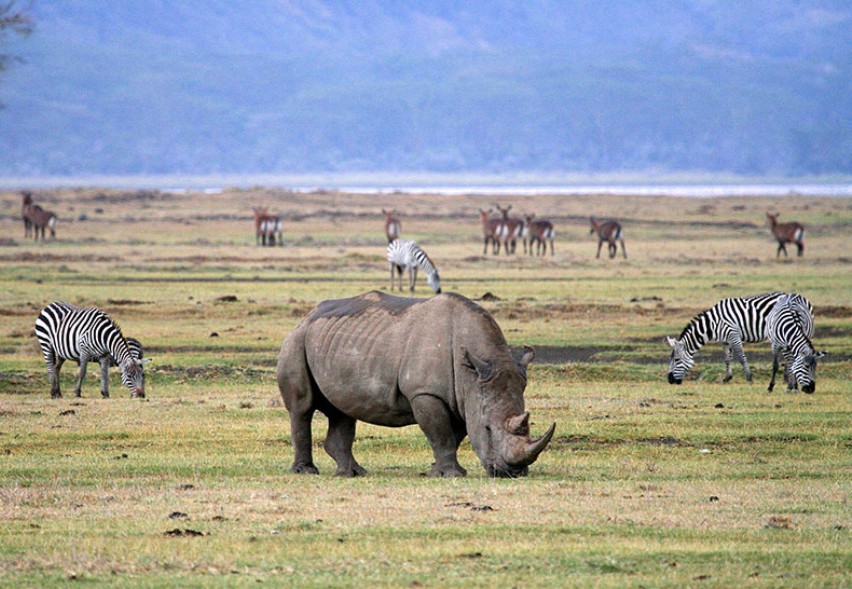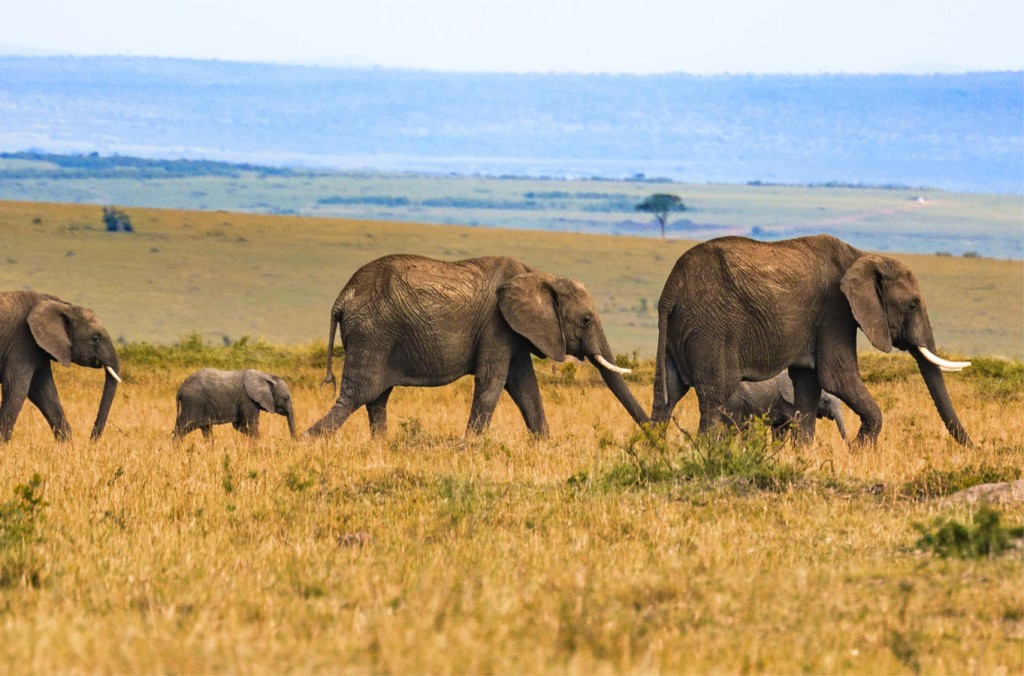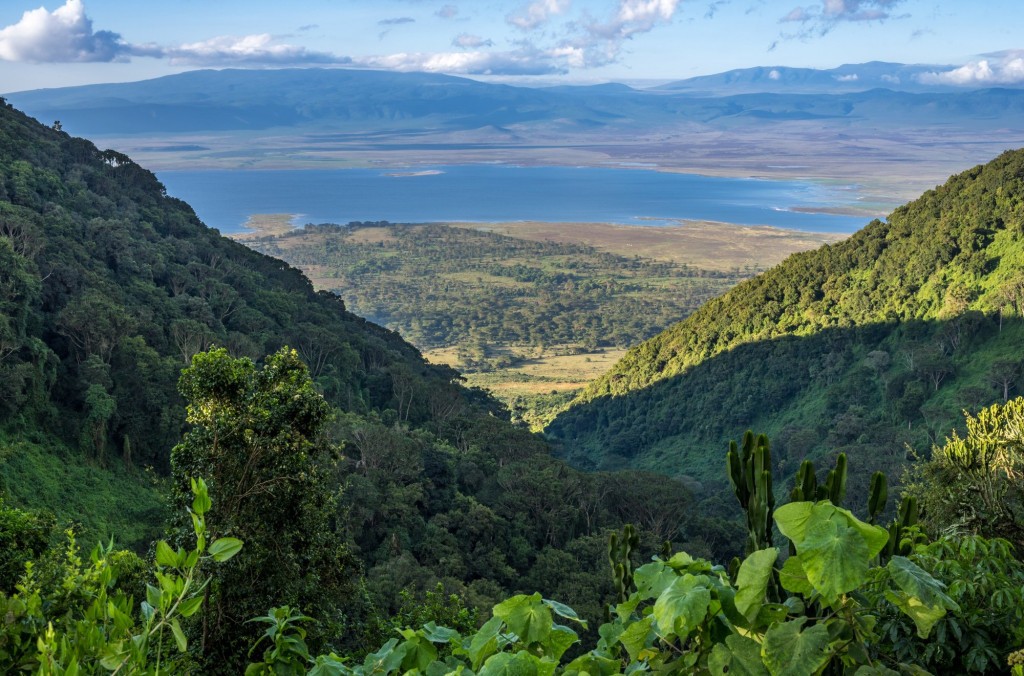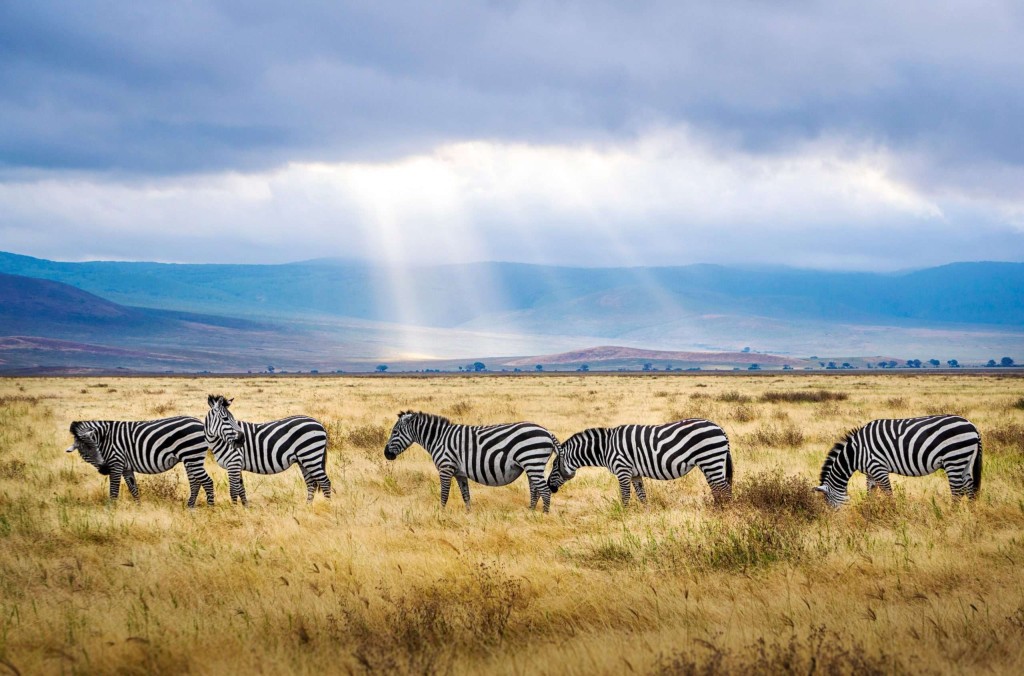NGORNGORO CRATER
- Country: Tanzania
- Location: Notthern Tanzania
- Language Spoken: Swahili
- Area (Km): 8.292 Km Squares
- Visa Requirement: yes
The Ngorongoro Conservation Area (NCA), a UNESCO World Heritage site, is a protected area in northern Tanzania renowned for the spectacular Ngorongoro Crater . Unlike a national park, the NCA is a unique "multi-use" area where wildlife and semi-nomadic Maasai pastoralists coexist.
Ngorongoro Crater
The centerpiece of the NCA is the Ngorongoro Crater, the world's largest intact and unfilled volcanic caldera. Formed when a massive volcano collapsed on itself millions of years ago, the crater is now an enclosed ecosystem and a year-round home for an extraordinary density of wildlife.
Wildlife in the crater
The crater floor offers one of the most reliable and concentrated wildlife viewing experiences in Africa. The enclosed nature of the caldera keeps many animals from migrating, making for excellent safari opportunities at any time of year.
- The Big Five: The crater is one of the few places in Tanzania where you can reliably see all of the "Big Five" (lion, leopard, elephant, buffalo, and rhino). It is home to a protected population of critically endangered black rhinos.
- Large mammals: The crater floor teems with large grazing herds of wildebeest, zebra, and gazelle.
- Predators: It has the world's densest population of lions, and sightings of cheetahs, hyenas, and jackals are also common.
- Birdlife: Over 500 bird species have been recorded here, including large flocks of flamingos that gather at the shallow soda lake, Lake Magadi.
Beyond the crater
The NCA covers a vast area that includes other important features and landscapes:
- : Known as the "Cradle of Mankind," this deep ravine is one of the world's most significant paleoanthropological sites, with evidence of human evolution dating back millions of years.
- Crater Highlands: The area features other smaller volcanic craters, like Empakaai and Olmoti, which can be explored on guided hikes for stunning views and birdwatching.
- Ndutu Plains: Located in the northwestern part of the NCA, these plains are a crucial part of the Serengeti ecosystem. They are where the great wildebeest migration's calving season takes place between December and March.
- Maasai culture: Visitors can observe the traditional lifestyle of the Maasai people, who graze their cattle alongside the wildlife.
Best time to visit
- Dry Season (June to October): This is the most popular time to visit. The short grass on the crater floor makes spotting wildlife easier, and the weather is sunny with little rain. However, this is also the high season, so the crater can be crowded.
- Wet Season (November to May): Though there is a higher chance of rain, this is a quieter time with fewer tourists. The landscape is lush and green, and the calving season in the Ndutu area offers a different spectacle. The best birdwatching is during this time, and the low season months of April and May can be an excellent value.







